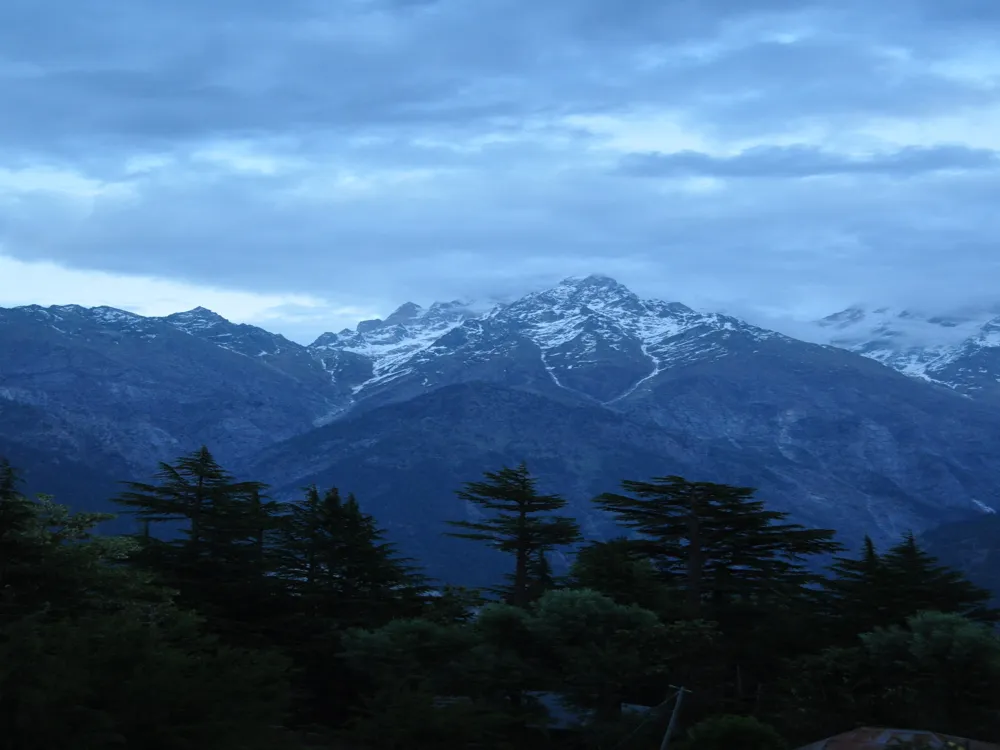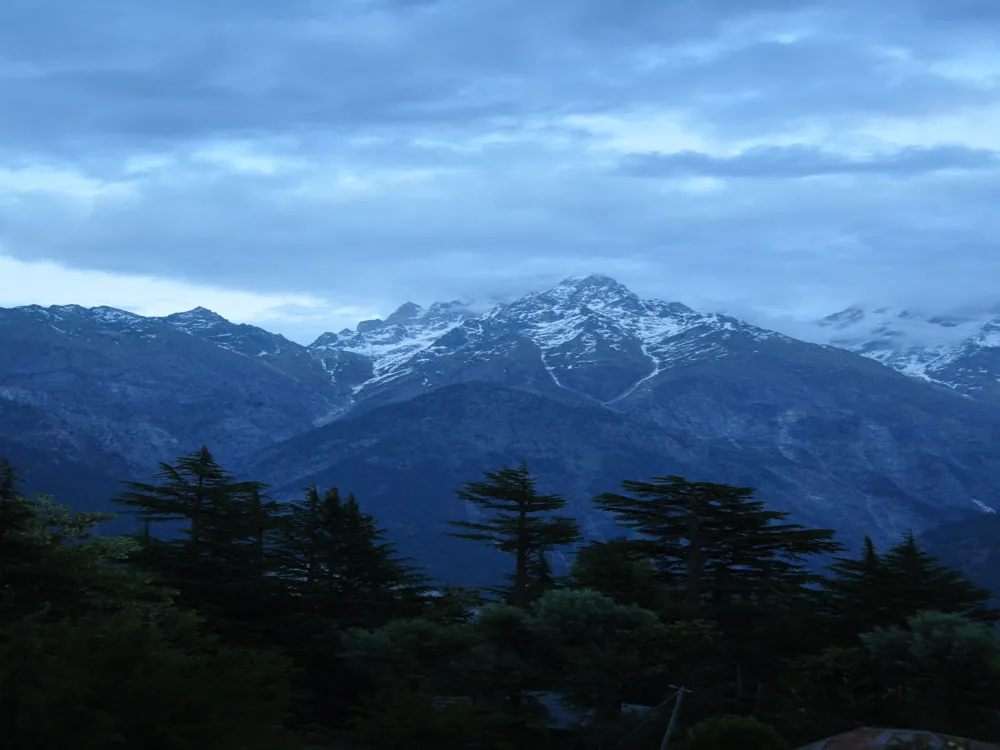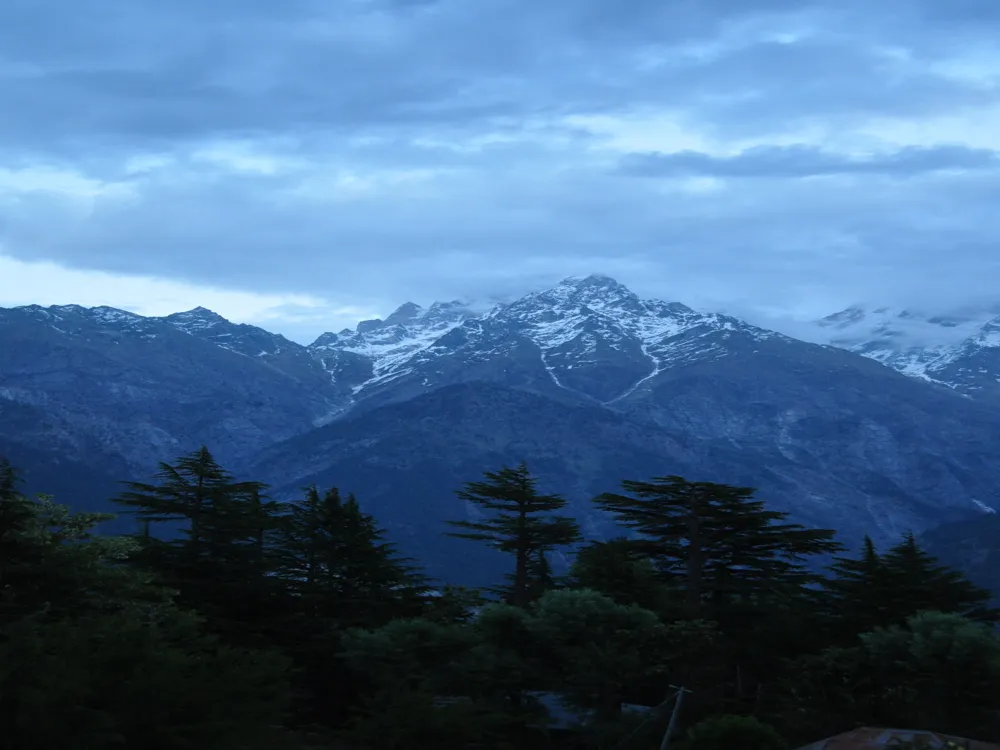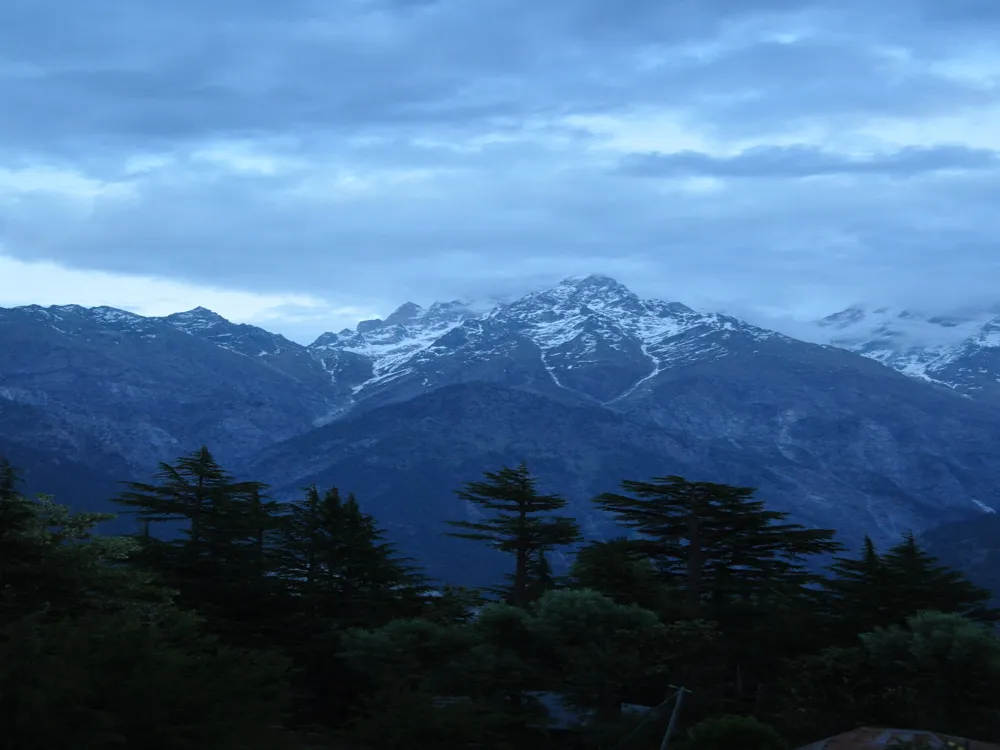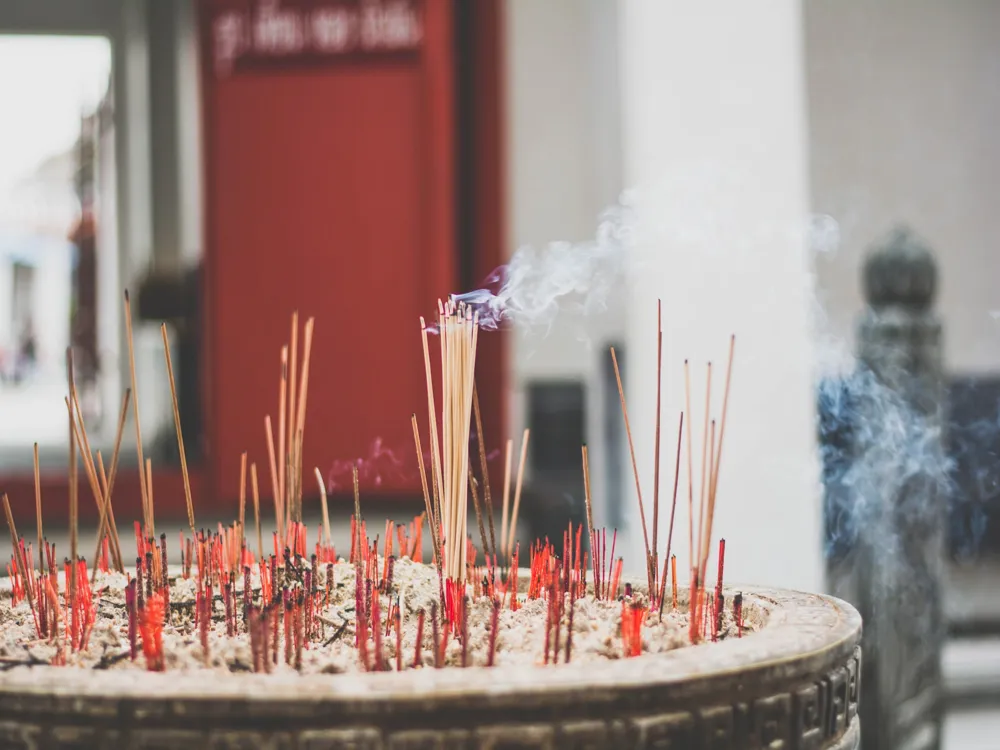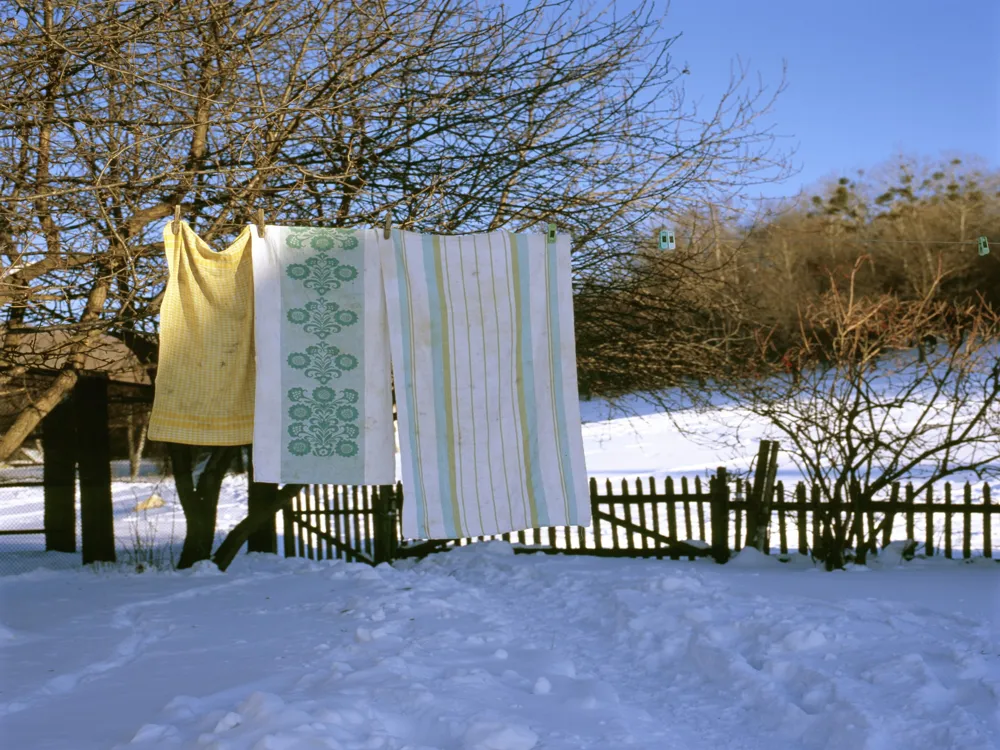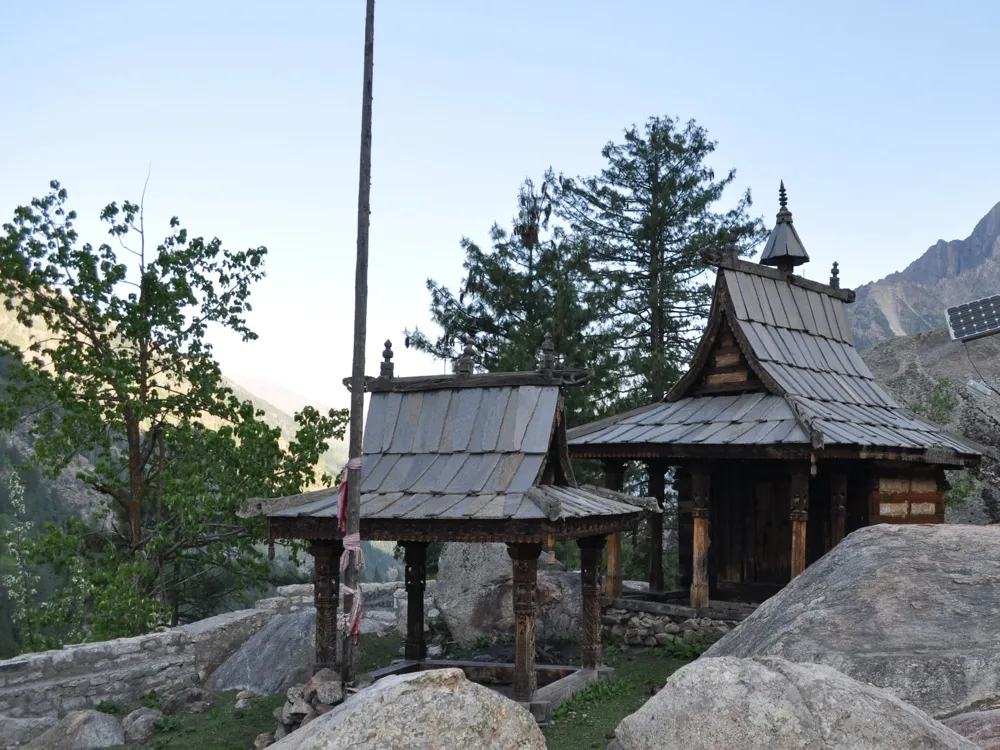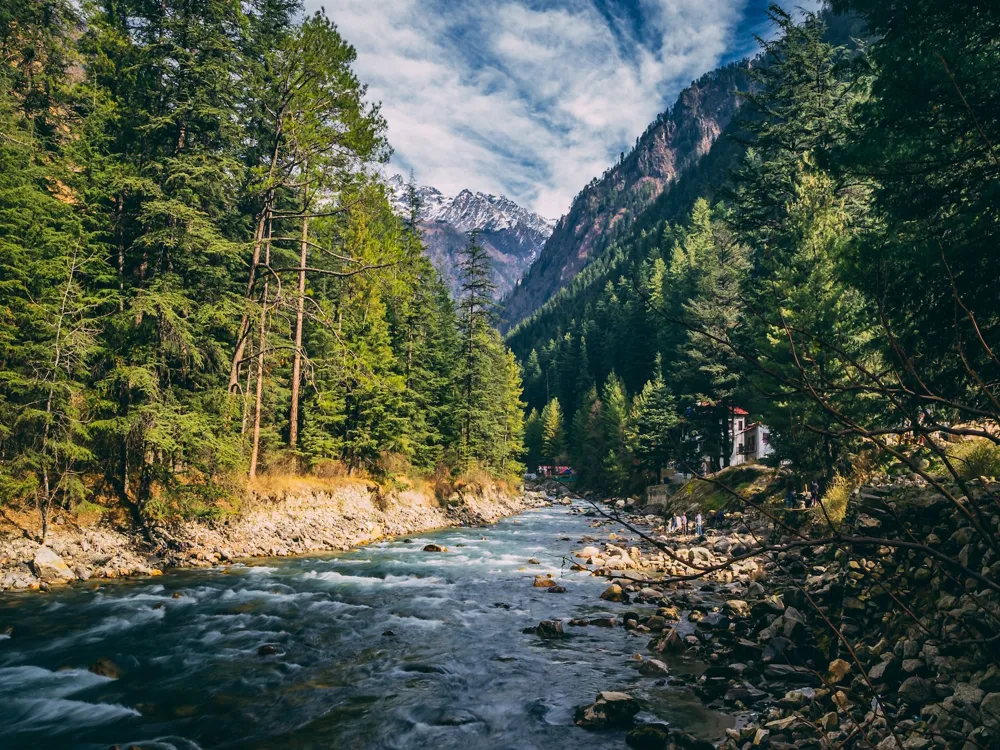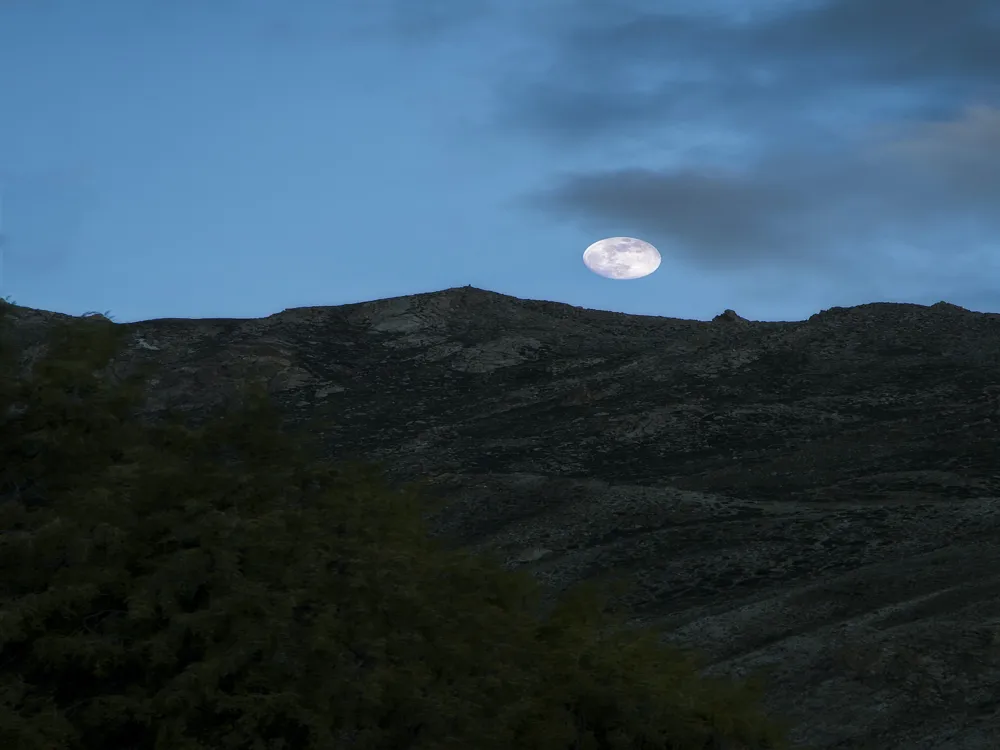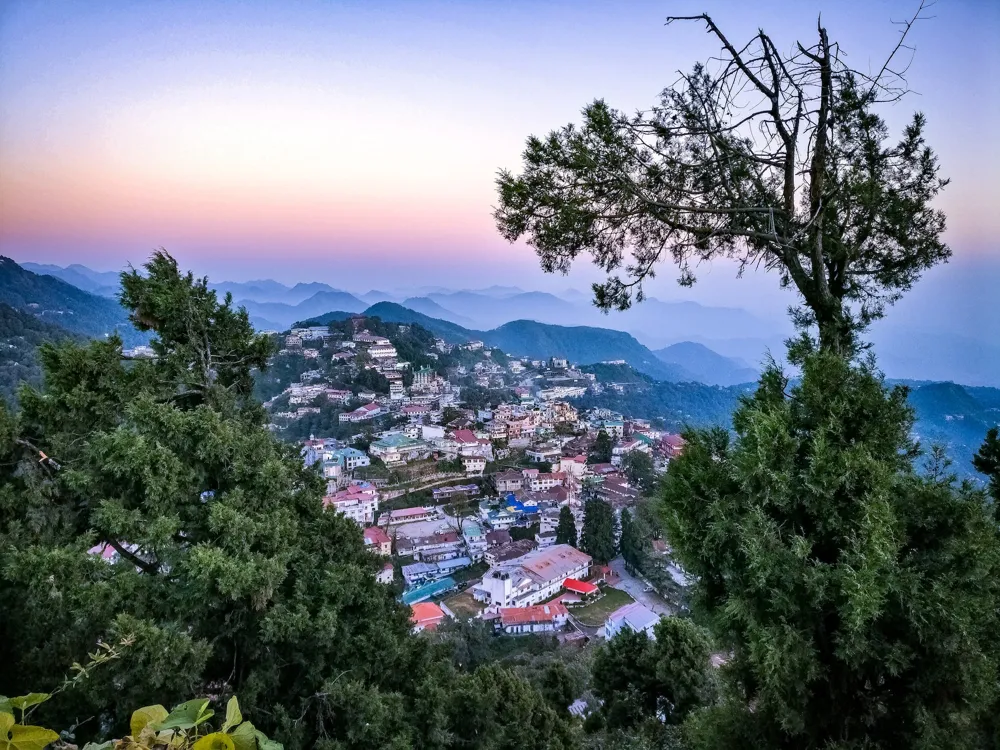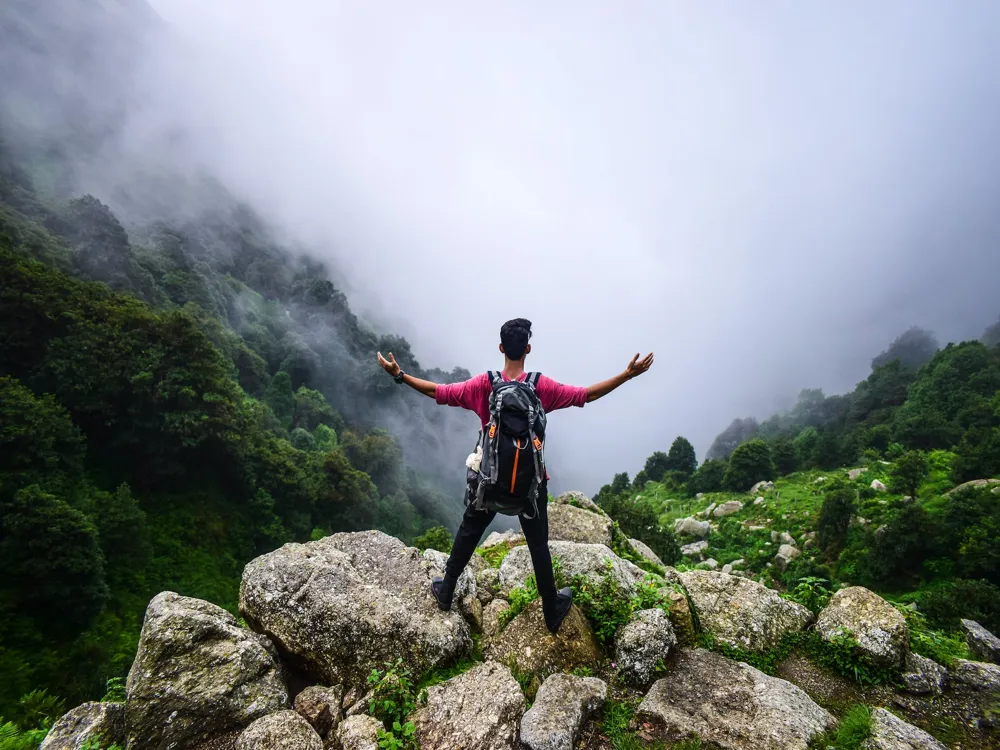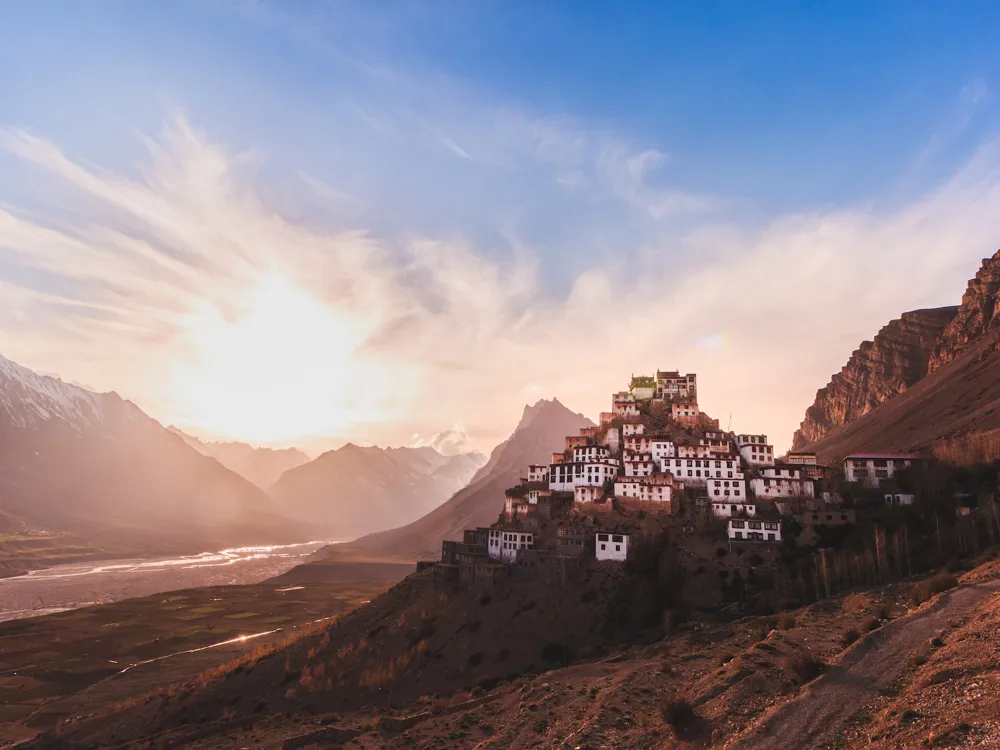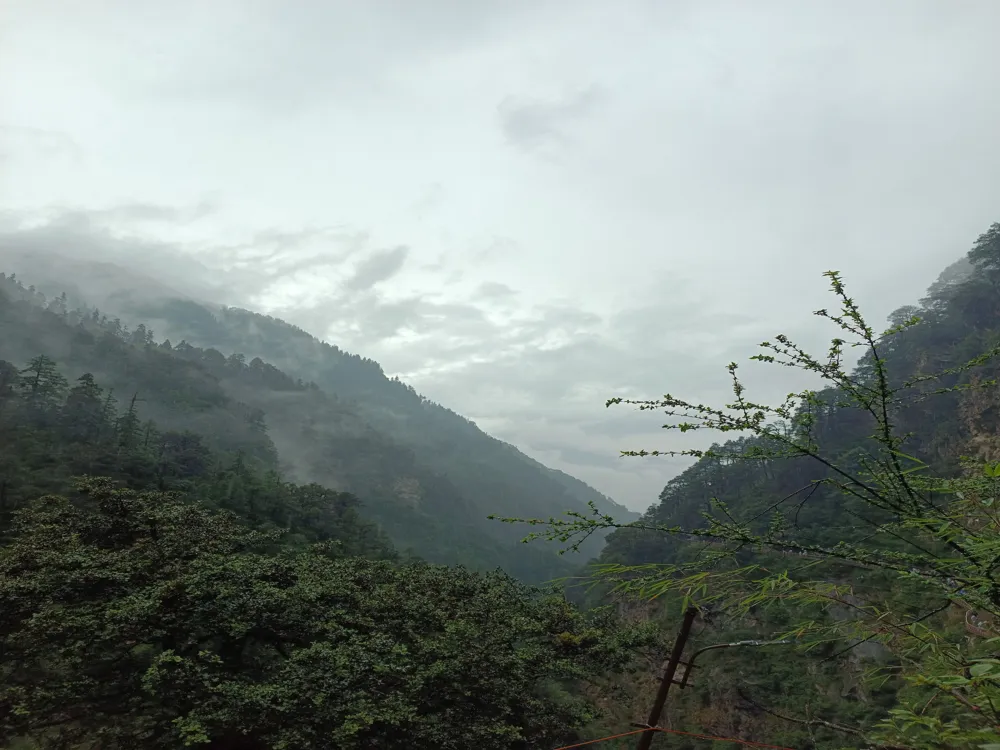Sapni Fort, nestled in the serene landscape of Kalpa in Himachal Pradesh, is a hidden gem waiting to be explored. This historical fortification, dating back several centuries, stands as a testament to the rich cultural heritage and architectural brilliance of the region. The fort, perched atop a picturesque hill, offers breathtaking views of the Kinnaur Kailash ranges, making it a perfect blend of natural beauty and historical significance. The journey to Sapni Fort is as mesmerizing as the destination itself. The winding roads, surrounded by lush greenery and the backdrop of the majestic Himalayas, set the tone for an adventurous and enlightening experience. The fort's strategic location at an altitude of over 2,700 meters makes it a prominent landmark in the Kinnaur district. The history of Sapni Fort is shrouded in mystery and folklore. Believed to have been built by the rulers of the erstwhile Bushahr kingdom, the fort served as a stronghold and a symbol of power. Over the years, it has witnessed numerous historical events and has undergone several renovations, each adding a new layer to its rich legacy. Today, the Spanish Fort is not just a historical site but a beacon of cultural and architectural magnificence. The fort is open to visitors throughout the year, offering a glimpse into the glorious past of the region. Its unique architecture, panoramic views, and historical significance make it a must-visit destination for history enthusiasts, architecture buffs, and nature lovers alike. The architecture of Sapni Fort is a remarkable blend of traditional Himalayan and Tibetan styles. The fort is made primarily of wood and stone, materials that are abundantly available in the region. The intricate carvings on the wooden panels and the skillfully laid stone walls are a testament to the craftsmanship of the artisans of the era. One of the most striking features of Sapni Fort is its multi-tiered structure. The fort consists of several levels, each serving a specific purpose. The lower levels were used for storage and stables, while the upper levels housed the living quarters and the administrative offices. The fort's design reflects the social hierarchy and the functional requirements of the time. The fort's interiors are adorned with beautiful frescoes and paintings, depicting scenes from Hindu mythology and local folklore. These artworks are not just decorative elements but also serve as a medium to understand the cultural and religious beliefs of the people who lived there. An interesting aspect of Spanish Fort's architecture is the use of natural light and ventilation. The placement of windows and the design of the doors ensure that the interiors remain well-lit and airy, a feature that is remarkable considering the age of the fort. This thoughtful design speaks volumes about the advanced architectural understanding of the builders. In conclusion, the architecture of Sapni Fort is a brilliant representation of the ingenuity and resourcefulness of the Himalayan people. It stands as a proud symbol of its architectural prowess and cultural heritage, attracting visitors from across the globe. The ideal time to visit Sapni Fort is from April to October when the weather is pleasant, and the skies are clear, offering spectacular views of the surrounding mountains. Dress in layers, as the weather can be quite unpredictable. Comfortable walking shoes are a must for exploring the fort and its surroundings. Respect local customs and traditions. It's advisable to ask for permission before taking photographs of the locals or religious sites. Carry basic first aid and medicines for altitude sickness, as the fort is located at a high altitude. Sapni Fort is accessible by road from Shimla, the nearest major city. The journey from Shimla to Kalpa takes approximately 6-7 hours by car. Regular bus services are also available. The nearest airport is in Shimla, and the closest railway station is at Kalka. Read More: Overview of Sapni Fort, Kalpa, Himachal Pradesh
The architecture of Sapni Fort
Tips When Visiting Sapni Fort
Best Time to Visit
What to Wear
Local Etiquette
Health Precautions
How To Reach Sapni Fort
Sapni Fort
Kalpa
Himachal Pradesh
₹ 15,999 onwards
View kalpa Packages
Kalpa Travel Packages
View All Packages For Kalpa
Top Hotel Collections for Kalpa

Private Pool

Luxury Hotels

5-Star Hotels

Pet Friendly
Top Hotels Near Kalpa
Other Top Ranking Places In Kalpa
View All Places To Visit In kalpa
View kalpa Packages
Kalpa Travel Packages
View All Packages For Kalpa
Top Hotel Collections for Kalpa

Private Pool

Luxury Hotels

5-Star Hotels

Pet Friendly







